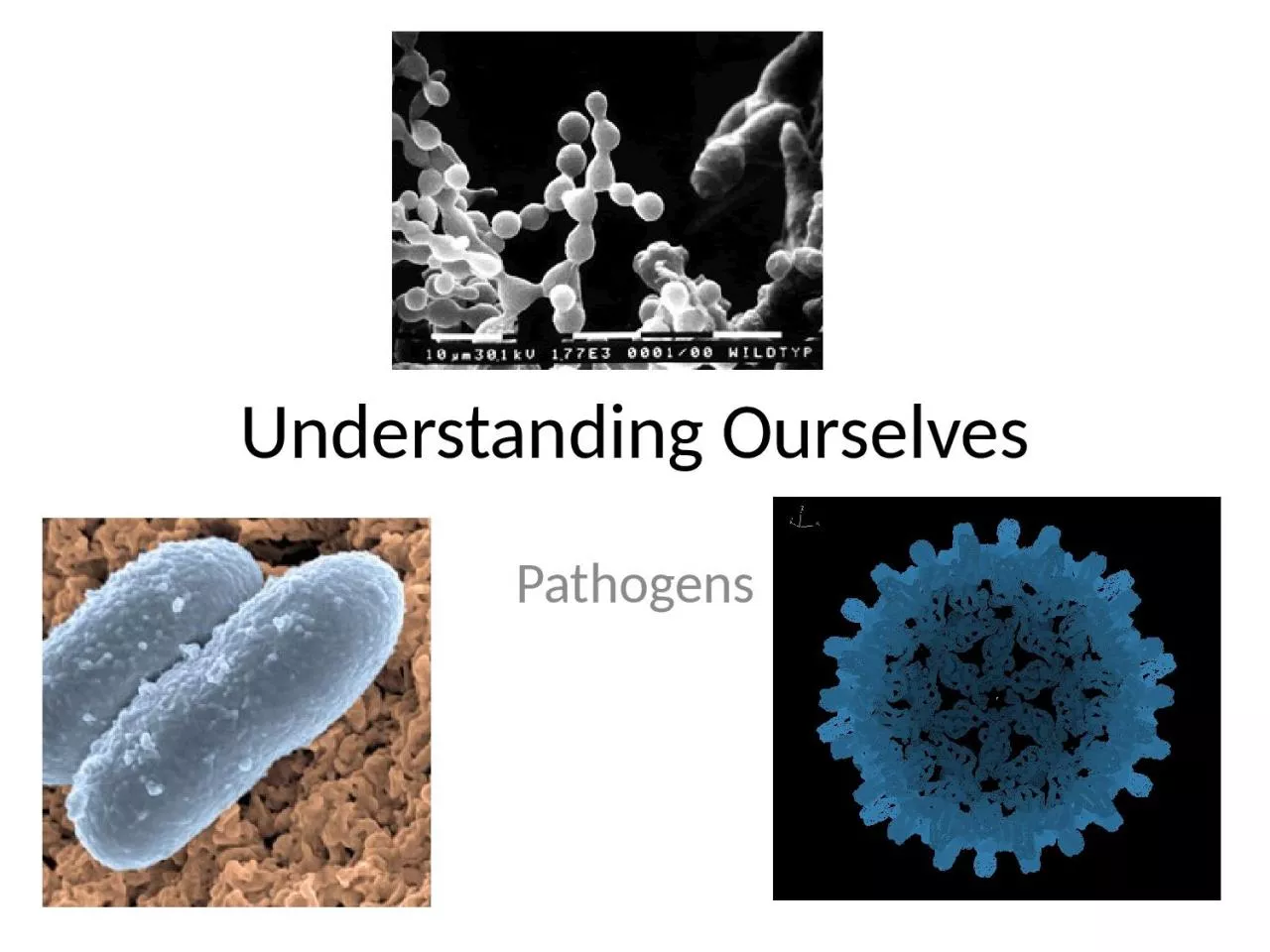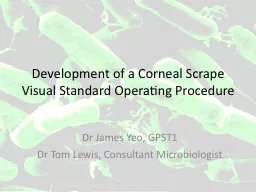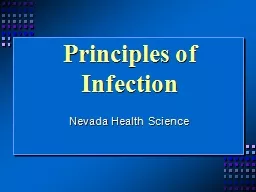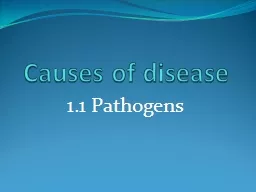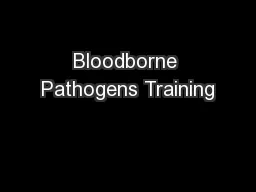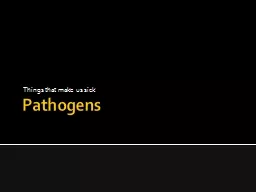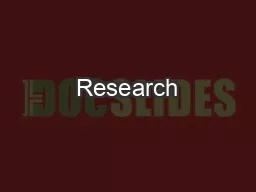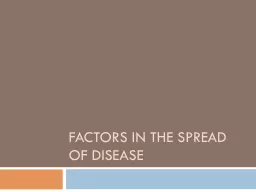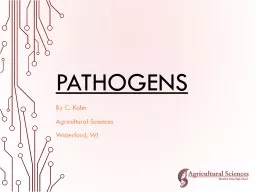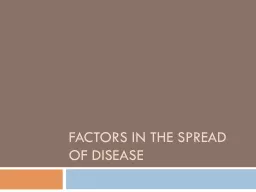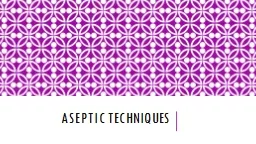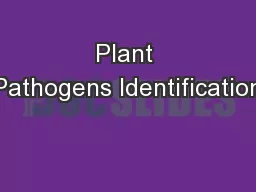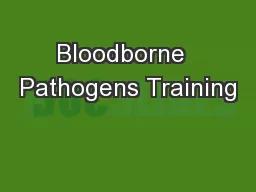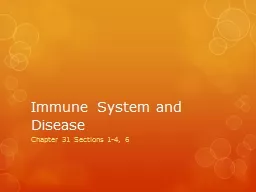PPT-Understanding Ourselves Pathogens
Author : audrey | Published Date : 2023-06-25
Pathogens Any organism that causes disease in another Most pathogens have to get inside our body to spread infection Once they are inside the body provides ideal
Presentation Embed Code
Download Presentation
Download Presentation The PPT/PDF document "Understanding Ourselves Pathogens" is the property of its rightful owner. Permission is granted to download and print the materials on this website for personal, non-commercial use only, and to display it on your personal computer provided you do not modify the materials and that you retain all copyright notices contained in the materials. By downloading content from our website, you accept the terms of this agreement.
Understanding Ourselves Pathogens: Transcript
Download Rules Of Document
"Understanding Ourselves Pathogens"The content belongs to its owner. You may download and print it for personal use, without modification, and keep all copyright notices. By downloading, you agree to these terms.
Related Documents

